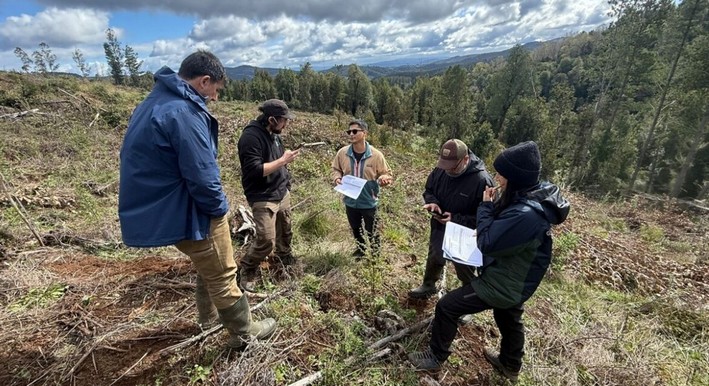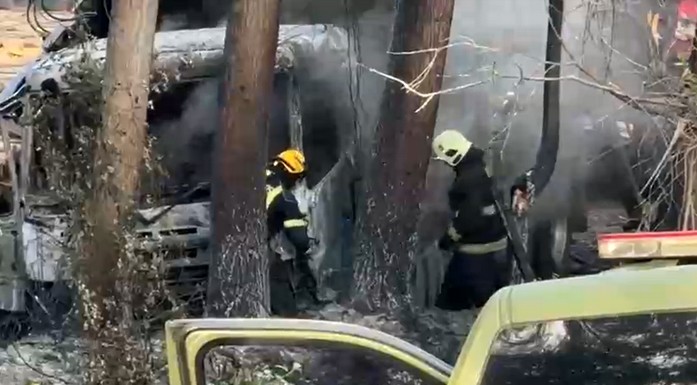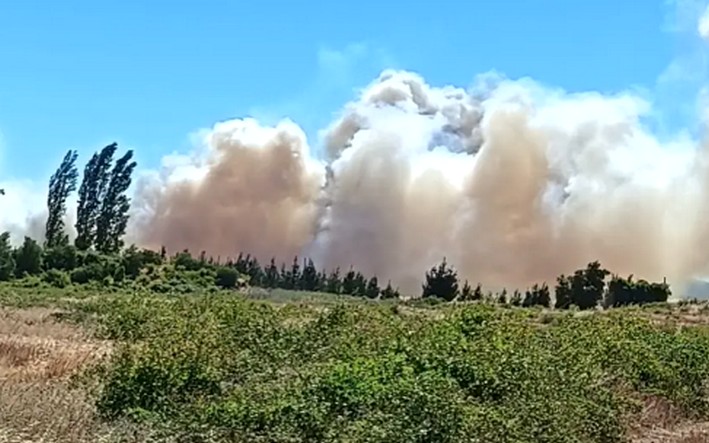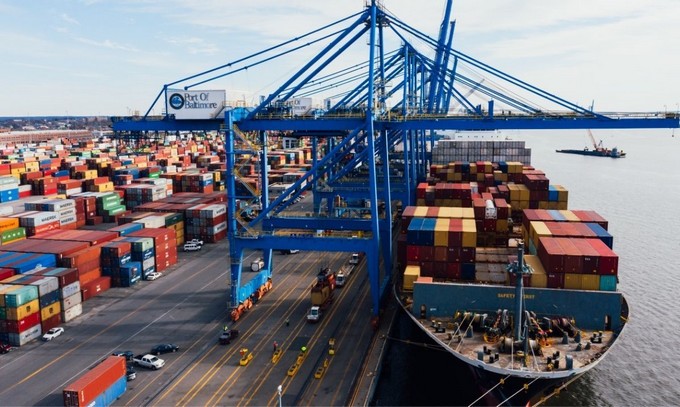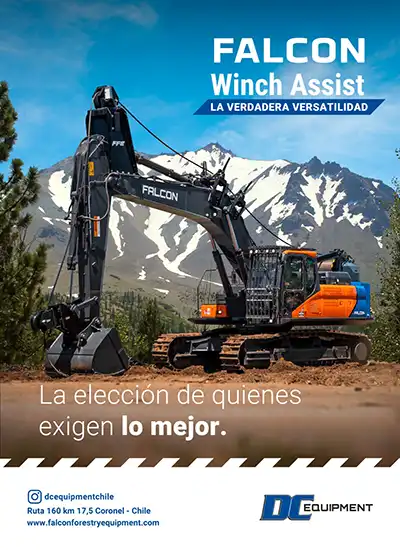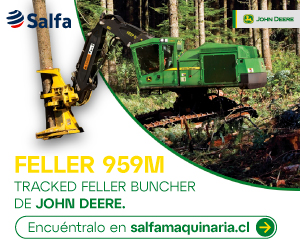Innovative Monitoring Methodology for National-Level Forest Restoration
The national goal of restoring one million hectares of landscapes by 2030 presents a crucial challenge to address the climate crisis and recover the country's ecosystems. In this context, a team comprising Natural Resource Conservation Engineer Daniel Koda and academic from the Austral University of Chile (UACh), Dr. Milen Duarte, has developed a monitoring methodology for native forest restoration projects, applied to properties that have initiated these processes. The initiative is carried out in coordination with supervisors of institutional programs of Conaf, and its nationwide implementation is currently being analyzed. This work was recently presented at the 11th International Conference on Ecological Restoration held in Denver, United States.
A tool based on science and collaboration
The study is part of the Master's thesis in Forest and Environmental Sciences that Koda is pursuing at the Faculty of Forest Sciences and Natural Resources of UACh. Its objective is to establish a science-based monitoring system, focused on Conaf's "Sowing for Chile" program. The proposal is supported by 16 socio-ecological indicators, designed to strengthen decision-making and provide a consensual tool that allows for more accurate assessment of restoration progress.
During the project's development, field trips and training sessions have been conducted with Conaf professionals in the regions of Los Ríos, La Araucanía, Los Lagos, and Metropolitan, which has facilitated the socialization of the tool and the adjustment of its variables to different contexts. According to Daniel Koda, the involvement of central Conaf has been key to advancing the institutionalization of the methodology, highlighting that the tool enables gathering more information from restoration sites, optimizing resource use, and promoting transparency in results.
Meanwhile, Giorgio Jackson, in charge of Native Forest Restoration at Conaf, explained that the institution was seeking a methodology that would facilitate the monitoring and preliminary evaluation of ongoing projects. This collaboration has enabled progress towards more standardized, efficient, and evidence-based monitoring, halving fieldwork days and doubling the number of projects monitored per year. Additionally, data systematization has strengthened information traceability and improved the quality of technical decisions.
Technological innovation and comprehensive approach to restoration
The work also incorporates a mobile application called Monitorest, developed within the framework of the study, which allows recording data directly from the field. This tool aims to replace paper records and streamline information transfer, reducing errors and systematization times.
One of the most relevant contributions of the study is that it broadens the perspective beyond plant survival rates, incorporating variables such as the type of accompanying vegetation, the level of natural regeneration, threats to soil and water resources, as well as the degree of landowner involvement. These elements allow for a more comprehensive understanding of ecosystem evolution and the application of adaptive management in restoration actions.
Koda emphasizes that this methodology, partially inspired by the Ecological Recovery Wheel of the Society for Ecological Restoration (SER), aims to become a national model that adapts to the country's different ecosystems. Its institutionalization would allow Chile to have a standardized, scientific, and transparent system for evaluating native forest restoration, in addition to positioning the country as a regional benchmark in this field.
The development of the tool involved collaboration with the Socio-ecological Restoration Laboratory of UACh, which included Inao Vásquez, designer of the initial Monitorest prototype, and Conaf professionals such as Diego Ponce, Diego Parra, and Martín Erdmann. Carlos Vergara and Trevor Walter from WWF Chile also participated, an organization that supported the study and continues to collaborate in the institutionalization process of this methodology.


